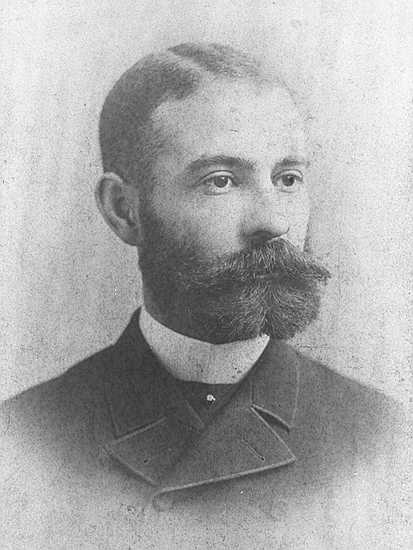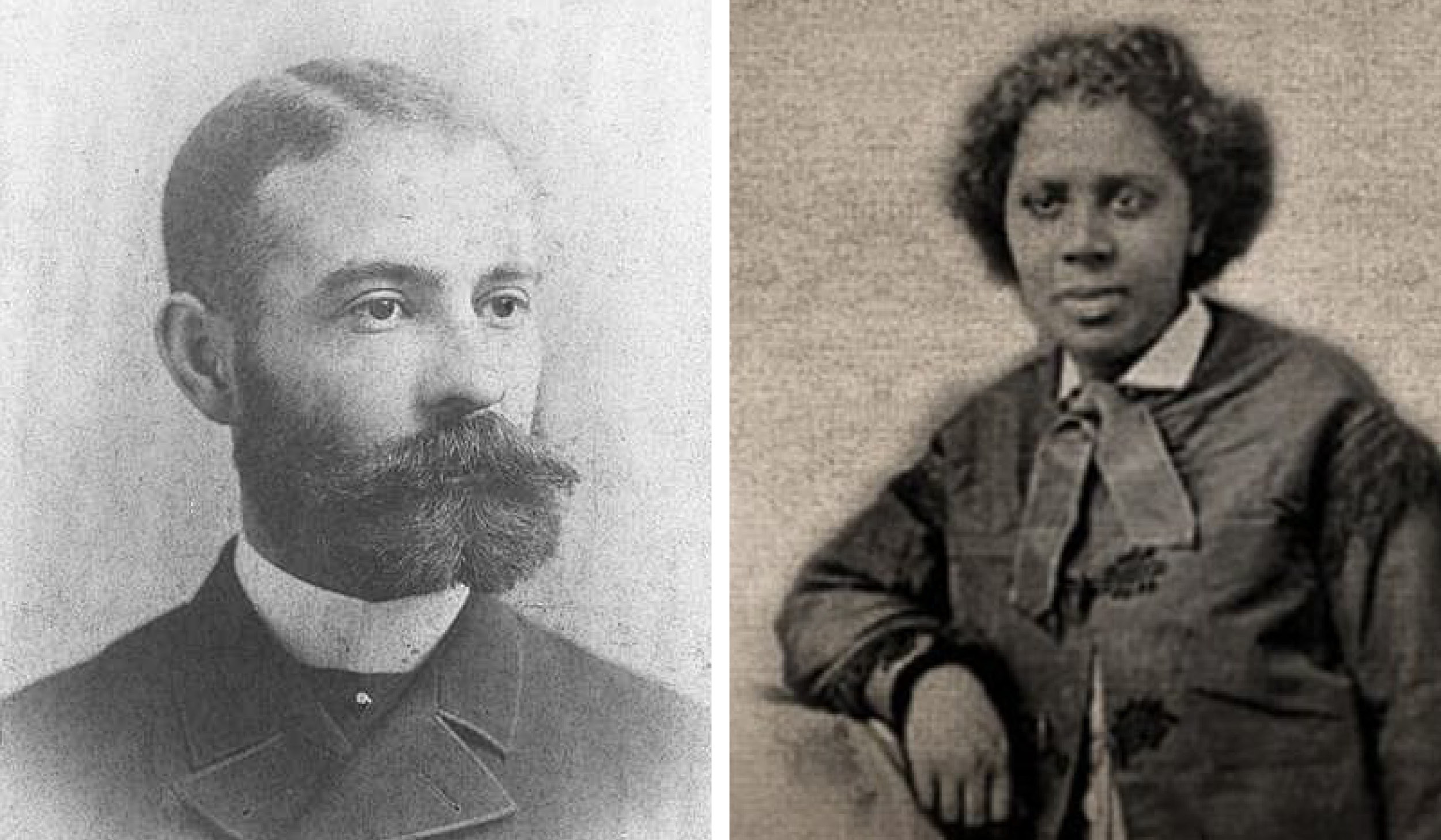Watch the ASL Interpretation of this post here.
Did you know the first person to perform open heart surgery (Dr. Daniel Hale Williams) and the inventor of the hideaway bed (Sarah E. Goode) were both Black? Join us for Part 3 of our “Black History is American History” series as we dive into the stories of these two individuals.
We know that Black history is American history. The two are woven together, but the contributions of Black inventors, historians, educators, leaders, and so many more are often left out of the narrative in classrooms across the United States.
The Black Organizers, Leaders, and Doers (BOLD) Employee Resource Group at the WellPower has put together a year-long Black History is American History initiative, highlighting Black leaders, entrepreneurs, inventors, historical figures, and inspirational individuals. We invite you to join us in learning about critical figures in American history, and we thank BOLD for their work in gathering this information.
Daniel Hale Williams: January 18, 1856 – August 4, 1931

Dr. Daniel Hale Williams, the founder of Provident Hospital and the first doctor to perform open heart surgery, was born in Hollidaysburg, PA. At the age of nine, Dr. Williams lost his father to tuberculosis. His mother moved the family to Baltimore, where he apprenticed with a shoemaker. He also followed in his father’s footsteps and studied to be a barber, where he found quite a bit of success. While working as a barber in Janesville, WI, he attended high school and later an academy where he graduated at the age of twenty-three.
Soon, Dr. Williams began studying medicine under prominent surgeon Dr. Henry Palmer. Dr. Williams attended Chicago Medical School and graduated with an M.D. degree in 1883. He began practicing in Chicago where, at the time, he was one of only four Black physicians in the city. He worked with organizations like the South Side Dispensary, City Railway Company, and the Protestant Orphan Asylum, while also teaching anatomy at Northwestern University Medical School for four years.
Dr. Williams’ real fame is two-fold: he founded Provident Hospital, which became one of the leading hospitals in the United States and had an interracial staff (practically unheard of, at the time). In 1893, he also performed the first open-heart surgery when patient James Cornish entered his hospital with chest stab wounds, and Dr. Williams repaired a tear in the heart lining, saving his life. This article from Columbia Surgery explains the operation process, done without blood transfusion or antibiotics, and with crude anesthetic. James Cornish recovered in 51 days and lived for another 20 years after the surgery.
The legacy of Dr. Daniel Hale Williams lives on in modern cardiovascular surgery, the civil rights he fought for within the medical community through his hospital and nursing training programs, and his activism within the Black community.
Learn More:
Sarah E. Goode: January 18, 1856 – August 4, 1931

Sarah E. Goode (nee Jacobs) was born around 1855 in Toledo, OH and is most famous for being the inventor of the hideaway bed, and one of the first Black women to receive a United States patent.
For the first several years of her life, Sarah was enslaved, and only when the Civil War ended was she granted her freedom. Once she and her family were no longer enslaved, they moved to Chicago, IL. There, she met Archibald Goode, whom she married. Archibald, also known as Archie, was a furniture maker and upholsterer. Together, they opened a furniture store.
Many of Goode’s customers were working-class families who lived in small apartments. They needed furniture that could serve multiple purposes, and often didn’t have enough space or money to fully furnish their living spaces. Goode saw their need and invented the hideaway bed to maximize storage, efficiency, and use for one piece of furniture.
Goode created a hinged mechanism that would allow the user to easily raise and lower the bed, turning it into a writing desk with storage compartments when not in use for sleep. Nowadays, we commonly refer to Goode’s invention as a Murphy bed. People all over the world use it for small spaces and multi-functional furniture.
According to Blackpast.org, “Aside from Goode’s invention and lineage, little is known about her life. Although some biographies indicate that Sarah Goode became a successful owner of a furniture store in Chicago, this has not been confirmed. However, Goode’s father and husband were carpenters, and this could have influenced her knowledge about furniture construction.”
Learn more:
Urban Intellectuals Black History Flashcards
Inspiration for these posts comes from the Urban Intellectuals Black History flashcards. The decks are provided in different volumes, and can be purchased in packages or by individual volume.
The description of Volume 1 reads: “This volume’s 52 cards gives a strong foundation to the many untold stories, achievements, and unknown people that have given shape, color, and definition to the worlds of academia, science, civil rights, business, the arts, and more.”
If you’re interested, we encourage you to check out these cards for yourself!
Want to learn more? Visit Part 1 and Part 2 from our “Black History is American History” series.


